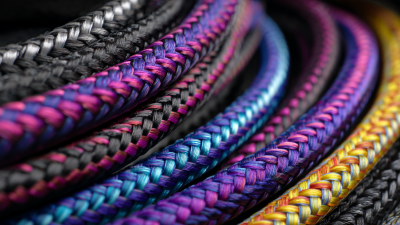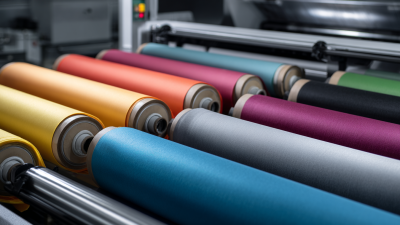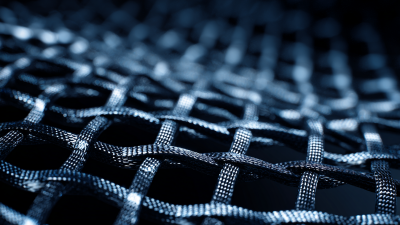
-
Home
-
Products
-
About Us
-
News
-
Blog
-
Video
-
Contact
Leave Your Message

As outdoor adventures continue to gain popularity, the demand for innovative gear that enhances safety and performance is on the rise. One such innovation is the Carbon Fiber Rope, which has emerged as a game-changer in various outdoor activities. According to a recent market analysis by Research and Markets, the global market for advanced composites, including carbon fiber materials, is projected to reach $34.76 billion by 2025, highlighting the growing interest in lightweight and durable solutions. Carbon Fiber Rope, known for its high tensile strength and low weight, is becoming increasingly favored among climbing enthusiasts, kayakers, and outdoor adventurers who seek both reliability and portability in their equipment. This article delves into the diverse applications and advantages of Carbon Fiber Rope, providing tips on how adventurers can harness its potential to elevate their outdoor experiences while ensuring maximum safety and performance.
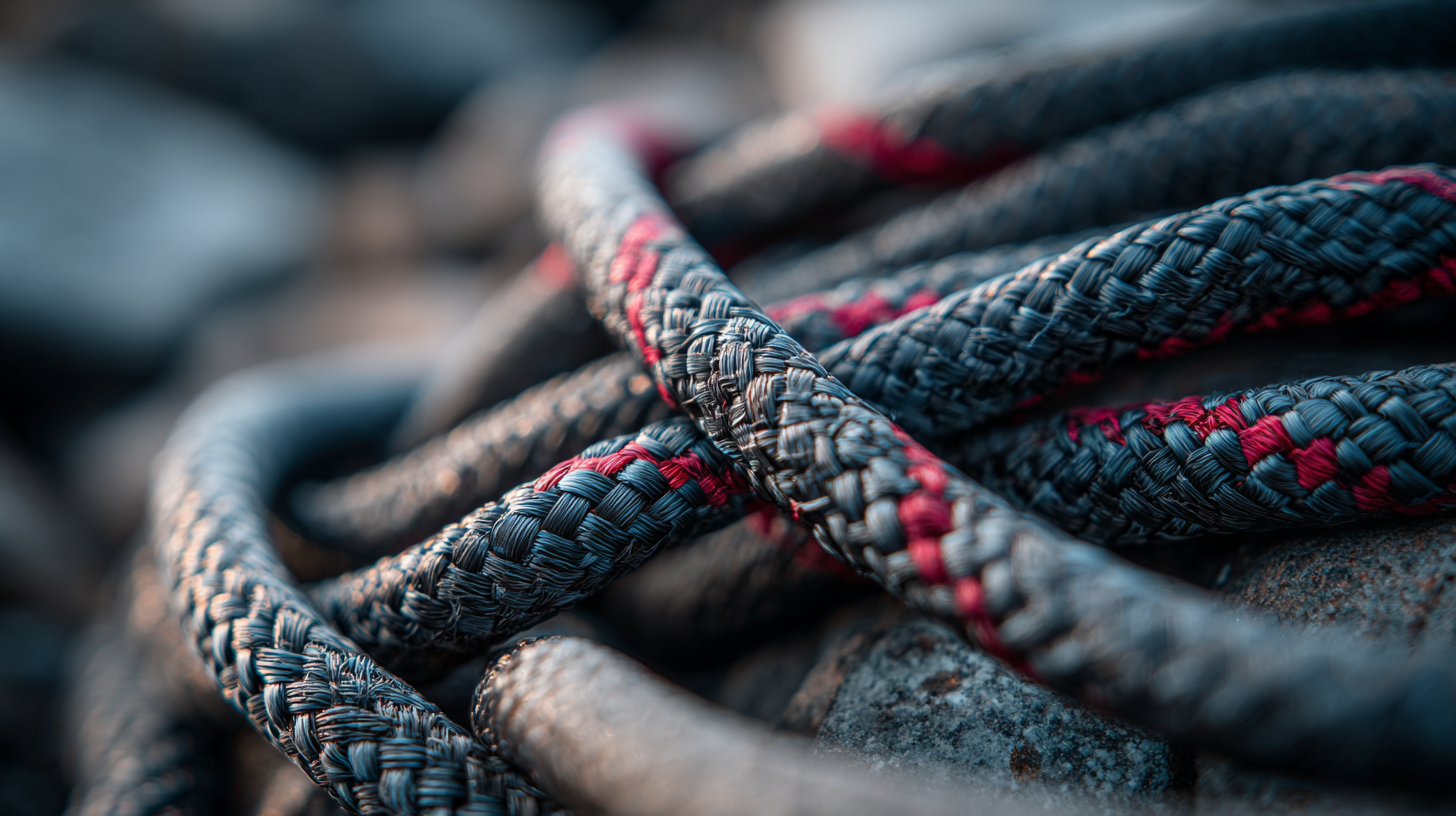
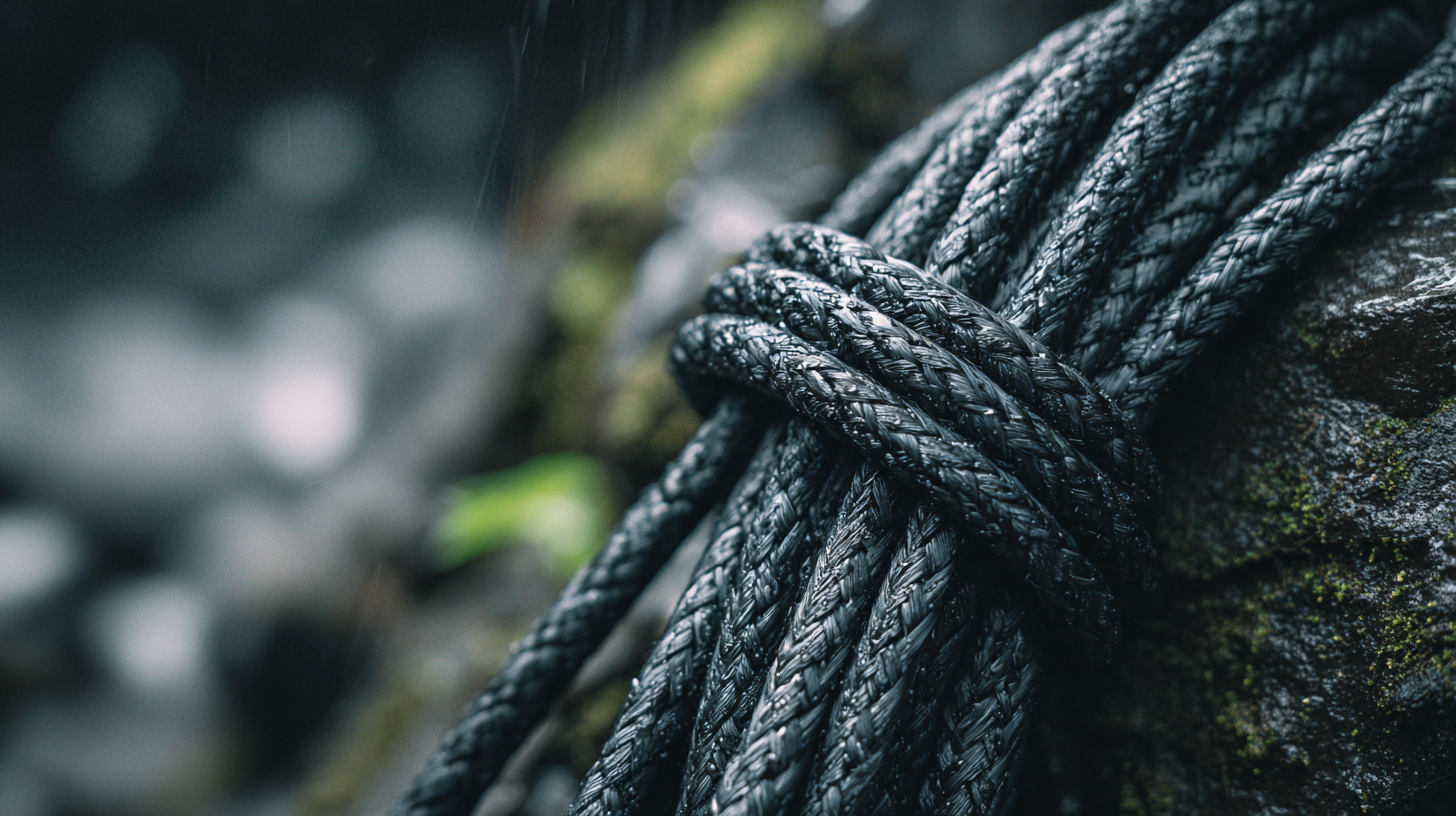 Carbon fiber rope has emerged as a game-changer in outdoor gear design, boasting a unique combination of high strength and low weight. According to a report by TechSci Research, the global carbon fiber market is projected to reach $6.9 billion by 2025, with significant contributions from the outdoor and sporting goods sectors. The lightweight characteristics of carbon fiber rope make it an ideal choice for climbers and adventurers seeking to reduce pack weight without compromising safety. Its tensile strength can reach up to 500,000 psi, making it five times stronger than steel, and this durability allows users to tackle extreme conditions confidently.
Carbon fiber rope has emerged as a game-changer in outdoor gear design, boasting a unique combination of high strength and low weight. According to a report by TechSci Research, the global carbon fiber market is projected to reach $6.9 billion by 2025, with significant contributions from the outdoor and sporting goods sectors. The lightweight characteristics of carbon fiber rope make it an ideal choice for climbers and adventurers seeking to reduce pack weight without compromising safety. Its tensile strength can reach up to 500,000 psi, making it five times stronger than steel, and this durability allows users to tackle extreme conditions confidently.
In addition to strength, carbon fiber rope is also resistant to environmental degradation, which is crucial for outdoor enthusiasts. A study published in the Journal of Materials Science highlighted that carbon fiber materials maintain their integrity even when exposed to moisture, UV rays, or extreme temperatures. This durability opens up innovative applications for carbon fiber rope in various outdoor gear designs, from tent guylines to climbing slings and fishing lines. The versatility of carbon fiber allows manufacturers to create durable products that enhance performance while taking into account the aesthetic factors that appeal to modern adventurers. As the outdoor gear industry continues to evolve, the inclusion of carbon fiber rope promises to push boundaries and redefine standards.
The remarkable strength-to-weight ratio of carbon fiber rope makes it a game-changer in outdoor adventures. Unlike traditional materials such as nylon and polyester, carbon fiber boasts a tensile strength that can exceed 5 GPa while maintaining a lightweight profile. According to a report by the Composites Industry Association, carbon fiber ropes can be up to five times stronger than steel yet weigh only a fraction of it. This property provides outdoor enthusiasts with gear that is not only easier to transport but also significantly more efficient for tasks such as climbing, camping, and securing equipment.
**Tips:** When selecting carbon fiber rope for your adventures, consider the specific applications you'll be using it for. For climbing, ensure you choose a rope rated appropriately for your weight and the maximum load. If you're looking to secure equipment, a thicker rope may provide added peace of mind without increasing that much weight.
Furthermore, the durability of carbon fiber ropes is an essential facet of their utility. They display excellent resistance to abrasion and UV damage, making them well-suited for prolonged outdoor exposure. A recent study published in the Journal of Outdoor Recreation found that synthetic fibers like carbon fiber maintain their integrity at least 30% longer than traditional options in harsh conditions.
**Tips:** Always inspect your carbon fiber ropes for signs of wear before each use to ensure optimal performance. Storing them in a dry, shaded environment can also extend their lifespan.
When utilizing carbon fiber rope in extreme outdoor conditions, adherence to safety protocols is paramount. This innovative material, known for its lightweight and high tensile strength, offers various advantages over traditional ropes. However, its use in challenging environments demands careful consideration to prevent accidents and ensure the safety of adventurers. Before embarking on any extreme activity, users should conduct a thorough inspection of the carbon fiber rope for any signs of wear or damage, as even minor defects can compromise its strength.
Furthermore, appropriate techniques for knotting and securing loads with carbon fiber rope are essential. Given its slick surface, knots may slip if not properly executed. It is advisable to use specialized knots that are specifically designed for synthetic ropes to maintain secure bindings. Additionally, users should understand the limitations of carbon fiber rope, such as its susceptibility to UV damage and temperature extremes, to avoid potential failures. By implementing these safety measures, adventurers can confidently enjoy the benefits of carbon fiber rope while mitigating risks in extreme outdoor environments.
Carbon fiber rope has emerged as a game changer in the realm of outdoor adventures, primarily due to its impressive durability and weather resistance. This advanced material offers a remarkable strength-to-weight ratio, which means it can endure the rigors of intense outdoor activities without adding unnecessary bulk. Whether used for securing gear, climbing, or anchoring tents, carbon fiber rope maintains its integrity under pressure, making it a reliable choice for adventurers.
One of the standout features of carbon fiber rope is its ability to withstand various environmental conditions. Unlike traditional ropes that may degrade due to moisture, UV exposure, or extreme temperatures, carbon fiber exhibits exceptional resistance to these factors. This ensures that outdoor enthusiasts can depend on its performance, regardless of whether they are tackling rain-soaked trails or sunny summits. As more adventurers recognize the benefits of this innovative material, carbon fiber rope is likely to become a staple in their gear kits, enhancing both safety and performance in the great outdoors.
| Feature | Carbon Fiber Rope | Nylon Rope | Polypropylene Rope |
|---|---|---|---|
| Weight | Lightweight | Medium Weight | Lightweight |
| Tensile Strength | High | Moderate | Low |
| Weather Resistance | Excellent | Moderate | Poor |
| Durability | Very High | Moderate | Low |
| UV Resistance | High | Low | Medium |
| Applications | Climbing, sailing, fishing | General purpose | Light duty tasks |
The discussion around carbon fiber rope centers on its increasing popularity and innovative applications in outdoor adventures. When evaluating whether investing in carbon fiber rope is worthwhile for outdoor gear, one must consider the cost-benefit dynamics. Although carbon fiber products tend to come with a higher price tag than traditional materials, their unique properties—such as lightweight, strength, and resistance to environmental factors—can lead to enhanced performance during various activities.
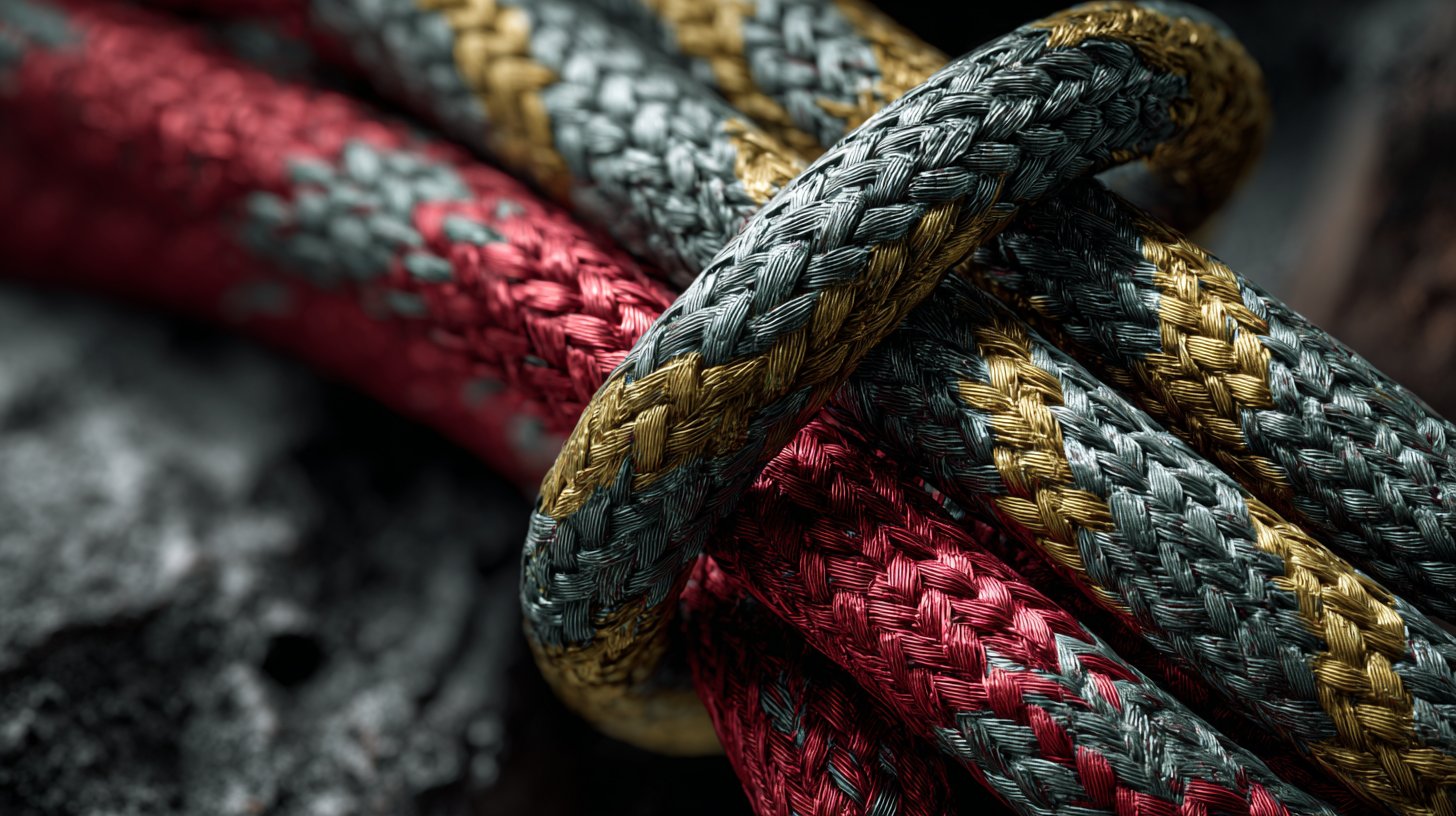
For outdoor enthusiasts, the benefits of carbon fiber rope may outweigh the initial investment. This innovation not only provides superior durability but also contributes to safer and more efficient outdoor experiences. When we compare this to other fitness tools like skipping ropes, which are affordable and effective for workouts, the choice becomes clearer: while simple tools can facilitate fitness, the advanced characteristics of carbon fiber gear might elevate one’s outdoor adventures significantly. Ultimately, a thoughtful evaluation of these aspects will help determine if carbon fiber rope is a valuable addition to one's gear collection.
